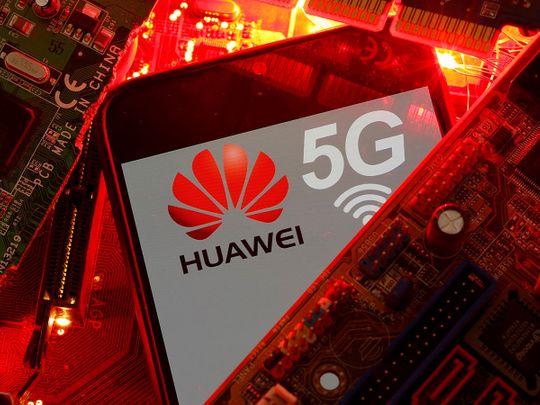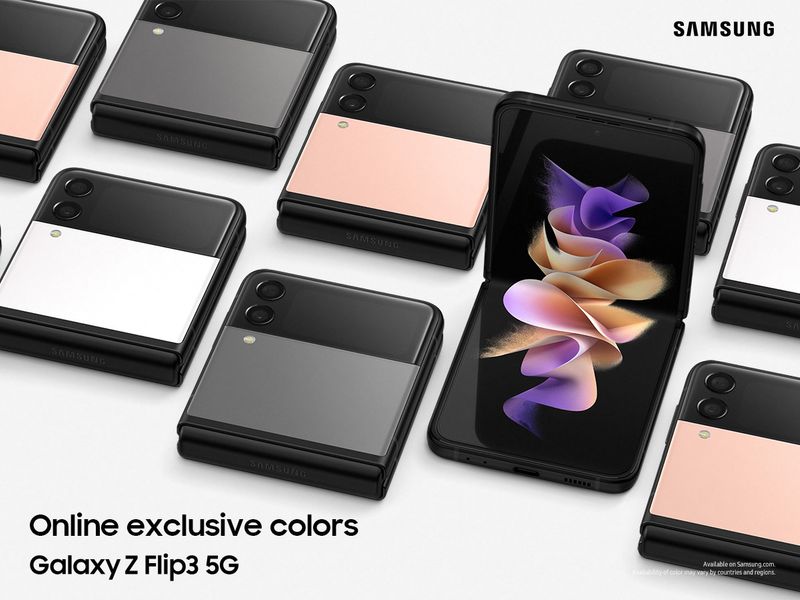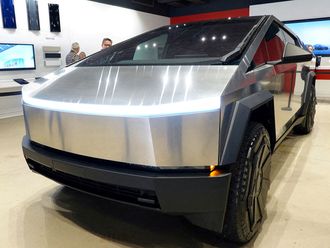
Hong Kong: Huawei Technologies Co., its spinoff brand Honor and Lenovo Group Ltd.'s Motorola introduced plans for new foldable phones in recent days, betting on the nascent form factor to win over the ultra-competitive Chinese market.
Each company is billing its upcoming device as a top-of-the-line handset, with Huawei pricing its P50 Pocket at 8,988 yuan ($1,410), Honor calling the Magic V its first foldable flagship, and a Lenovo executive teasing Motorola's third attempt at a Razr clamshell handset. Huawei is already selling its foldable device in China after announcing it in a streamed event on December 23.
The smartphone market is expected to grow to 1.35 billion shipments in 2022, according to IDC data, and novel form factors and capabilities like 5G wireless networking will be key to winning over customers. Market leader Samsung Electronics Co. is already several generations into its foldables lineup, which saw its best sales yet with the release of the $999 Galaxy Z Flip 3 clamshell in August.
Leading Chinese brands Xiaomi Corp. and Oppo both launched their own book-like Android devices this year while close competitor Vivo has experimented with various form factors as well. Apple Inc. has considered the category - but there are no foldable iPhones imminent.

Back to recovery
According to Bloomberg Intelligence analyst Woo Jin Ho, "Apple and Chinese smartphone companies Xiaomi, Oppo and Vivo may be leading beneficiaries in an expanding mobile-device market, which our analysis suggests may climb 5 per cent to about $520 billion in sales in 2022. We believe the industry could recover most of the delayed shipments and sales from supply bottlenecks by H2-2022, helped by deeper 5G penetration, especially among midtier devices."
Honor, which was sold to a government-backed consortium last year, and Motorola are looking to break into the top tier of global brands while Huawei is attempting to stage a recovery after being derailed by Trump-era sanctions. The P50 Pocket is powered by Qualcomm Inc.'s Snapdragon 888 chipset, replacing Huawei's in-house HiSilicon processors that it can no longer produce.
Qualcomm is allowed to supply Huawei with 4G-capable variants of its silicon, limiting the appeal of the Chinese firm's offerings at a time when 5G is an expected feature. The new foldable also runs Huawei's Harmony OS rather than the much more universal Android, another effect of US sanctions.
The domestic market is a focus for all Chinese companies introducing foldables today in part because of the tech-savvy consumer base and in part because of Samsung's relative lack of success there. The Galaxy device maker has established a lead in technology and market position in the US and Western Europe and it has the advantage of producing its own flexible display panels.












